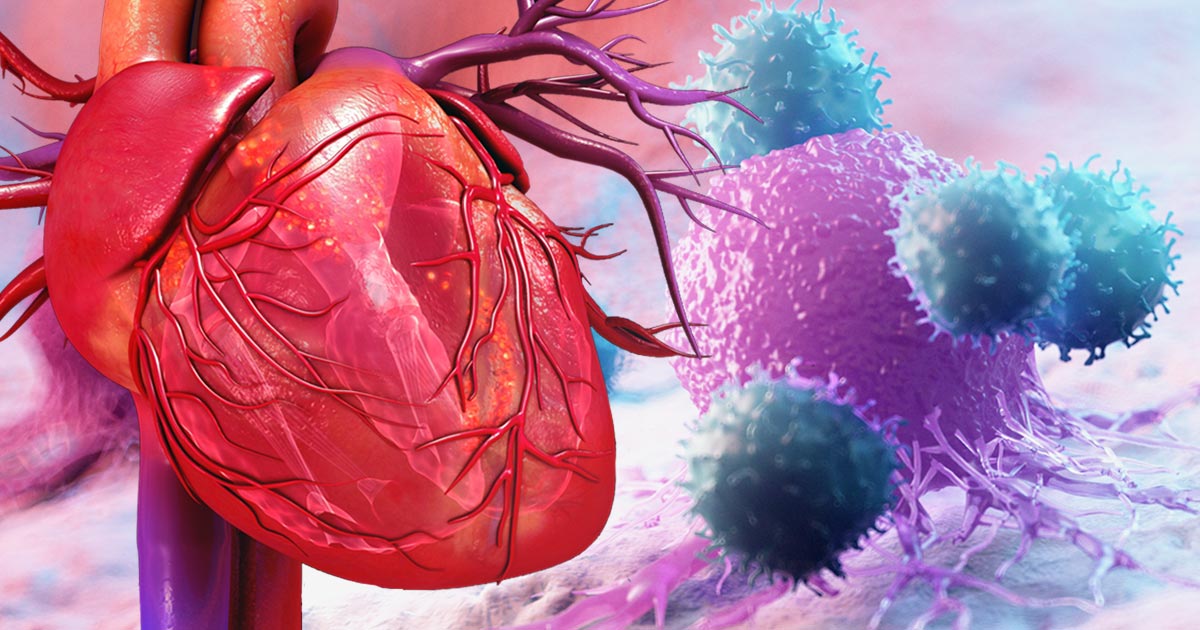
The following are key points to remember from an American Heart Association (AHA) Scientific Statement on cardiovascular (CV) imaging in contemporary cardio-oncology:
https://www.ahajournals.org/doi/abs/10.1161/CIR.0000000000001174
© 2022 Cardio Blogger. All Right Reserved | Designed & Developed By Diviants